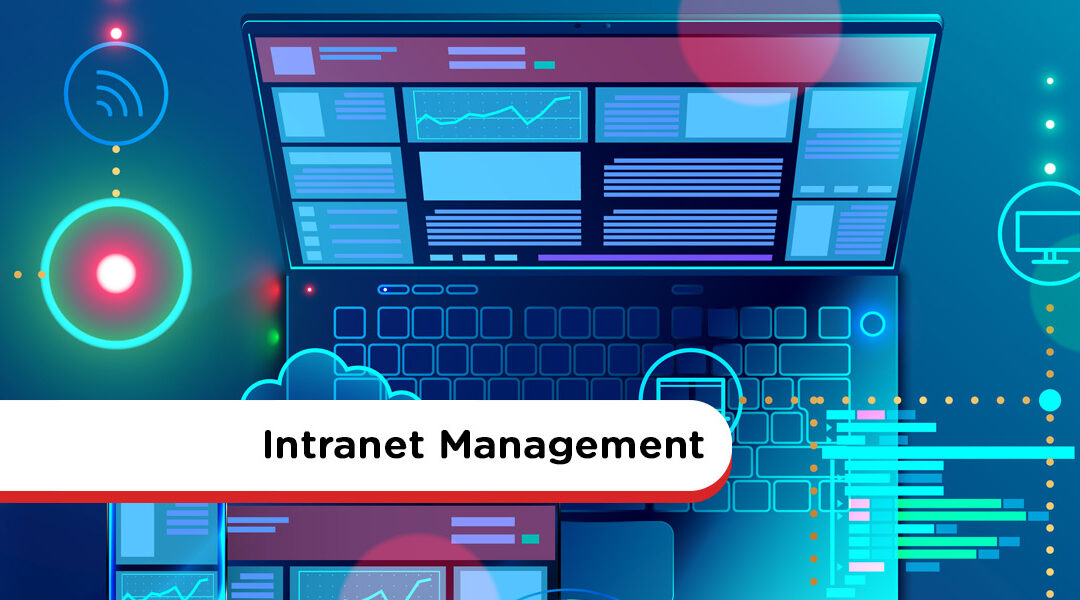An HR intranet portal is a centralized digital workspace that places HR policies, forms, training, and news at employees’ fingertips—24/7, across any device. It’s built to empower staff with self-service options and reduce repetitive administrative tasks for HR teams, improving efficiency and accessibility for both in-office and remote workers
The platform’s strength lies in streamlined processes like leave management, appraisals, recruitment, and onboarding, all supported by automated routing and powerful search. This not only saves time but also ensures consistency and compliance in documentation. Rich two-way communication tools—such as blogs, forums, instant messaging, and surveys—cultivate a connected, inclusive culture regardless of where teams are based
Engagement is further boosted through social features, recognition tools, directories, and wellness resources. HR portals help build relationships, reinforce employer branding, and track engagement metrics through quizzes, feedback, and exit surveys. Plus, they eliminate login fatigue by integrating third-party apps (like Microsoft 365, Salesforce) via single sign-on under one digital roof .










